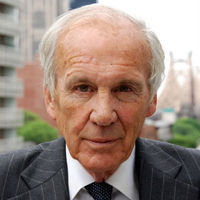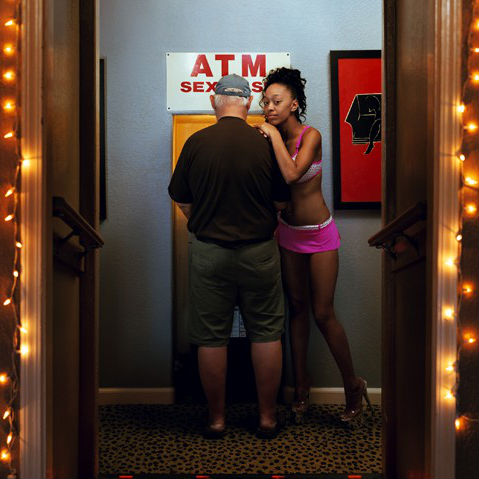Weekend At Kermie's: The Muppets' Strange Life After Death
To this day, no one (outside of the movie's own crew) knows how the Muppets rode bicycles in The Great Muppet Caper, the classic Henson movie from 1981. In that scene, Kermit stands up on one frog-leg on the seat of his bicycle to impress Miss Piggy, and then the whole gang joins them on their bikes, doing circles and figure eights, singing “Couldn’t We Ride?” It's a wonderful piece of filmmaking, and still a complete delight to watch because the effect relied on the ingenuity and bravado of the puppeteers and crew, not CGI wizardry. Contrast the joy and ebullience of this scene to the elegant chiaroscuro slickness of the post-Henson Muppet Christmas Carol in which we see old fogies Statler and Waldorf, as the Marley brothers, floating in mid air. No viewer is impressed; no one really thinks about it at all. And that's because when a then 29-year-old Brian Henson directed that film, he threw the rules out the window. Statler and Waldorf “float” because Goelz and Nelson, the men working the old guys, were standing behind them during filming and then were removed in post production. It’s an elegant fix—a cutting of the Gordian knot—but it is a complete break with an aesthetic 35 years in the making.



